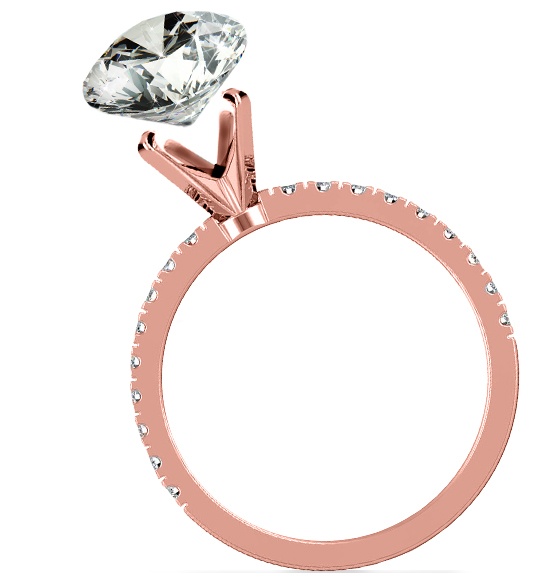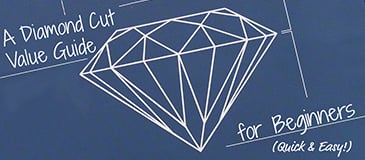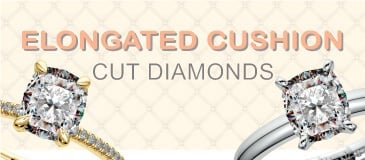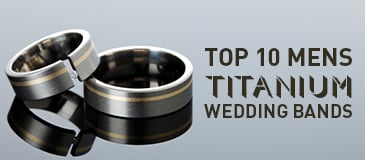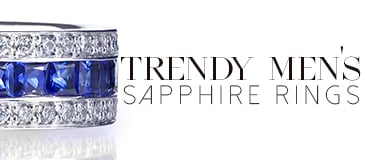Diamond Cut & Clarity Glossary

Learn the lingo from the experts! If you’re shopping for a diamond, you should know about the 4 C’s and how diamond cut and clarity impact a diamond’s appearance. But to truly understand cut and clarity—and get the best deal for your dollar—you need to know all the details of what makes these diamond qualities so important.
Our glossary has all the terms you need to know to discuss diamond cut and clarity, and determine which diamond is the best fit for you:


